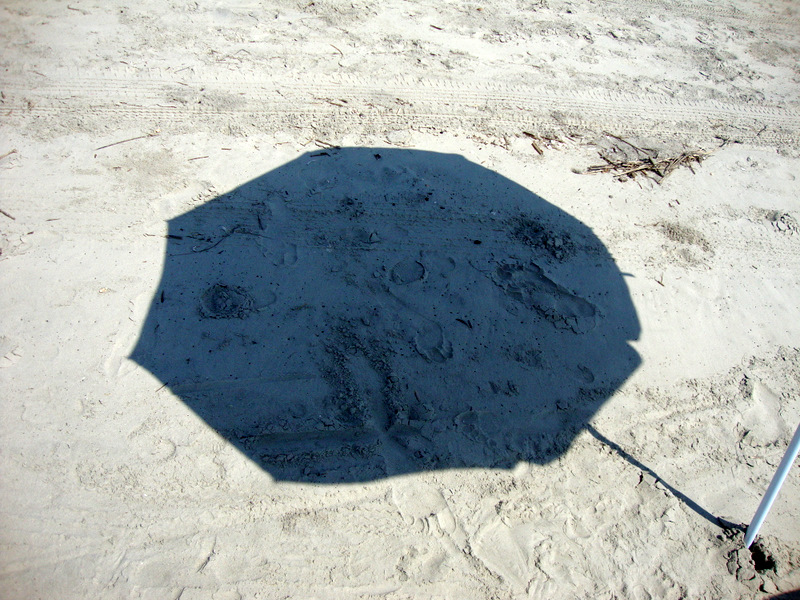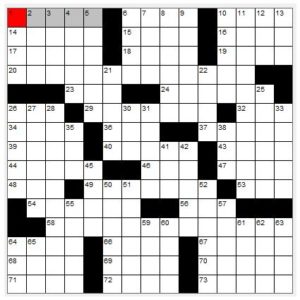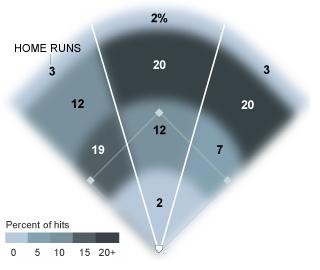 Tim Chartier, a professor of mathematics at Davidson college, has put together some great resources on using mathematical algorithms and free computer software to create random-looking 2D and 3D landscapes.
Tim Chartier, a professor of mathematics at Davidson college, has put together some great resources on using mathematical algorithms and free computer software to create random-looking 2D and 3D landscapes.
In the following paper posted at the MAA’s Digital Library, Chartier outlines the basic ideas of fractal geometry and random number generation, and creates a simple computer program that will generate random-looking coastlines and mountain ranges:
http://mathdl.maa.org/mathDL/23/?pa=content&sa=viewDocument&nodeId=1795
And in a follow-up blog post, Chartier takes the process one step further by turning his 2D fractal island into a planet, using free ray-tracing software.
http://forum.davidson.edu/mathmovement/2011/07/10/a-random-planet/
After explaining how to produce the planet, Chartier challenges the reader to create and submit their own!
It’s easy to see some of the applications of this idea in computer animation and graphics, as well as perhaps in simulations. A simple, innovative, and fun idea to explore!



